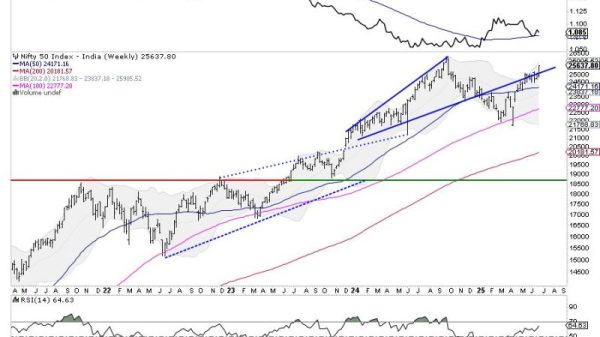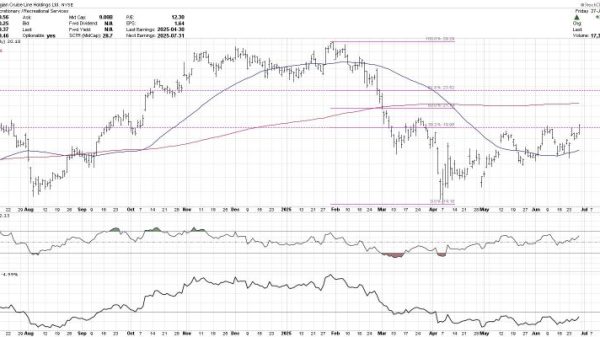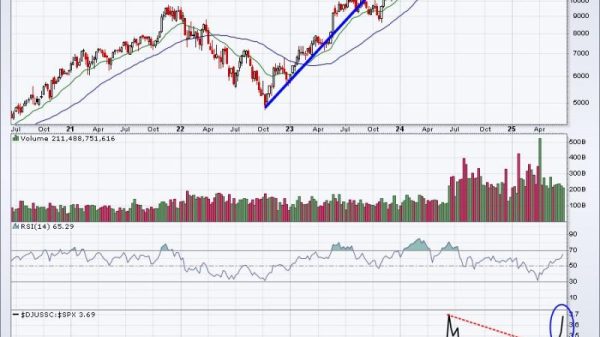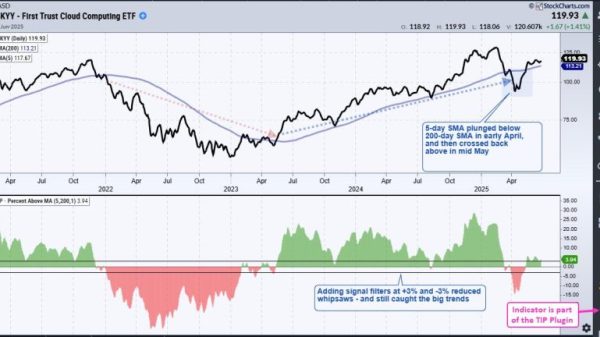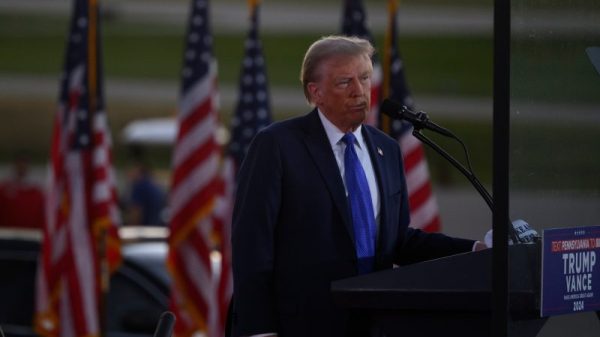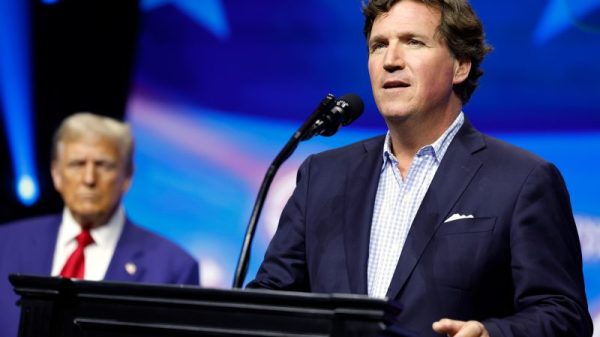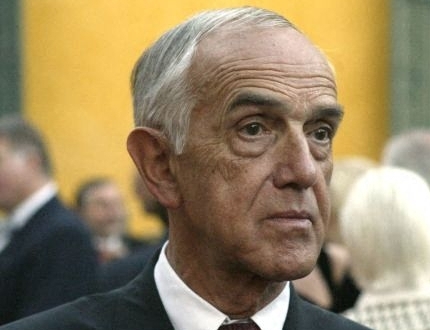Gaston Glock, an Austrian engineer who created the flat-nosed, plastic-body handgun carried by military and police forces around the world, glorified in films and rap lyrics and decried by gun-control advocates as one of the growing weapons of the streets, died Dec. 27 at 94.
The Glock company announced the death but gave no other details.
The popularity of the Glock semiautomatic made Mr. Glock a billionaire and added his name to the array of weapons known by their makers: Kalashnikov, Beretta, Colt, Uzi and others. Mr. Glock’s path, however, may have been among the most improbable: a small-business tinkerer who once made door hinges and curtain rods.
He had not even held a gun since he was conscripted into Germany’s military near the end of World War II. Then in 1980, he learned the Austrian military was seeking a new sidearm. Without any formal training in firearm design, he devised the first Glock model, the Glock 17, named for being his 17th patent after inventions such as a variation on the collapsible shovel, according to the Glock company.
Mr. Glock gradually disappeared from the public eye, even as the 9mm handgun he crafted built a global presence.
He increasingly spent his time behind the walls of a lakeside estate in Velden Am Wörthersee in southern Austria. His company, meanwhile, adopted a strategy of aggressive dealmaking and promotion. The goal was to make selling points out of characteristics that were initially mocked, particularly the Glock’s lightweight, polymer frame and blocky metal barrel.
Glock sponsored elaborate displays at trade shows and pitched stories to publications such as Soldier of Fortune, which ran a glowing piece in 1984 titled “Plastic Perfection” on the Glock 17. Mr. Glock already had the Austrian military contract and was supplying Norway’s armed forces and others. He wanted next to break into the U.S. market, with its huge retail gun sales and thousands of law enforcement agencies.
The late 1980s worked to Mr. Glock’s advantage. Increasingly powerful drug gangs and other underworld groups left many police forces feeling outgunned and imperiled. Glock marketed its handgun as an answer.
Police departments across the United States were given Glocks to test on shooting ranges. Discounts were offered. Company envoys touted the weapon’s reliability in all kinds of weather. Unlike a six-shot revolver, the standard Glock had clips holding 17 rounds. (Later models expanded to 33.)
Police started calling the 9mm Glocks “wonder nines.” Glock set up a U.S. plant in Smyrna, Ga., and departments began to line up. In 1988, the D.C. police suspended normal bidding procedures and rushed to purchase 4,300 Glocks for $1.3 million to replace its Smith & Wesson and Colt revolvers.
Currently, over 65 percent of federal, state and local agencies in the United States have Glock pistols, according to the company. The Glock is also used by police and military in nearly 50 countries.
“And this gun, when it first arrived in the U.S., was disparaged as ugly, as handgun Tupperware,” Paul M. Barrett, the author of “Glock: The Rise of America’s Gun” (2012), said on NPR’s “Tell Me More.”
Barrett noted that Glock’s plan to court U.S. police departments was deliberate. “That would give the gun credibility in the much larger, much more lucrative civilian market, where you can charge full price and get your full profit margin,” he said.
Yet the gun also represented the rise in firepower on America’s streets among gangs, drug networks and others. The Glock was mentioned in rap songs for decades by artists such as Wu-Tang Clan, Snoop Dogg and Lil Wayne, helping give it a gangster mystique that drew concern from police forces even as they adopted the same handgun.
Congressional hearings were called over the Glock’s light-touch trigger and rapid-fire capacity — issues raised by gun-control groups after a Glock was used in the 2007 massacre at Virginia Tech that claimed 32 lives.
Mr. Glock rarely gave interviews and declined to address outcry from gun-control advocates. All the while, the Glock increasingly found its way into popular culture in films such as “Terminator 3: Rise of the Machines” and “The Matrix Reloaded,” both from 2003. “Get yourself a Glock and lose that nickel-plated sissy pistol,” actor Tommy Lee Jones said in the 1998 movie “U.S. Marshals.”
In 2021, Rep. Lauren Boebert (R-Colo.) released a video showing her putting a Glock in a holster and then purportedly walking through the streets of Washington with the concealed weapon.
“The Glock … inherited all aspects of the American firearm heritage,” Barrett wrote in his book. “It was seen as an instrument of law and security, but also menace, danger and fear.”
It’s unclear how much attention the reclusive Mr. Glock paid to it all. His few brushes with media came during court battles with his first wife and questions over his ties to Austrian far-right political figure Jörg Haider — and after Mr. Glock remarkably fended off an apparent murder attempt in 1999.
The plot was hatched by his financial adviser, Charles Ewert, to conceal his embezzlement from Mr. Glock’s company, authorities said. Mr. Glock was ambushed in a garage in Luxembourg by a hired assailant, a former professional wrestler named Jacques Pêcheur, who wielded a hard rubber mallet. Mr. Glock, who was 70 at the time, fought back and managed to knock out some of Pêcheur’s teeth. Ewert and Pêcheur were convicted in 2003 of attempted murder.
Mr. Glock’s company was investigated for fiscal improprieties, such as concealing income through shell companies. Some company officials were prosecuted, but Mr. Glock was not charged.
“I was fighting for my life,” Mr. Glock told Forbes in 2003, recalling the assault. “The attack was the best thing that happened to me,” he added. “Otherwise, I would have gone on trusting [Ewert].”
Gaston Glock was born July 19, 1929, in Vienna. His father worked on the Austrian railroad; his mother was a homemaker.
He studied mechanical engineering at a college in Vienna and later took jobs that included manager of a car-radiator factory. He and his first wife, Helga, opened a business in 1963 in their garage in Deutsch-Wagram outside Vienna, using a metal press to make consumer items such as curtain rods and brass fittings. They later won a contract to make knives for the Austrian Army. Through his military connections, Mr. Glock heard about Austria’s search in 1980 for a new service pistol.
In 2021, Forbes estimated Mr. Glock’s personal fortune at $1.1 billion. Among his personal projects was construction of Austria’s Glock Horse Performance Center, which hosts races and other events.
After his divorce from Helga Glock in 2011, she began litigation to seek alimony and a greater share in the company. She was awarded alimony but lost her bid for other payments.
Mr. Glock had three children from that marriage: a daughter, Brigitte, and sons Gaston Jr. and Robert. In 2011, Mr. Glock married Kathrin Tschikof, his nurse after he had a stroke in 2008. Full information on survivors was not immediately available.
Mr. Glock did not publicly discuss company plans, but his strategic business sense was often on display. He apparently anticipated the assault weapons ban signed by President Bill Clinton in 1994 that, among other things, limited gun magazine capacity to 10 rounds. (The ban expired in 2004.)
The new regulations were initially seen as a blow to Glock. But Mr. Glock had a workaround. He correctly predicted that guns made before 1994 were not covered. For years, he had Glock plants operating round-the-clock.
“Glock had this huge stockpile of the very equipment that many gun owners wanted to get because it was banned,” Barrett said, “and the value of that equipment skyrocketed.”






